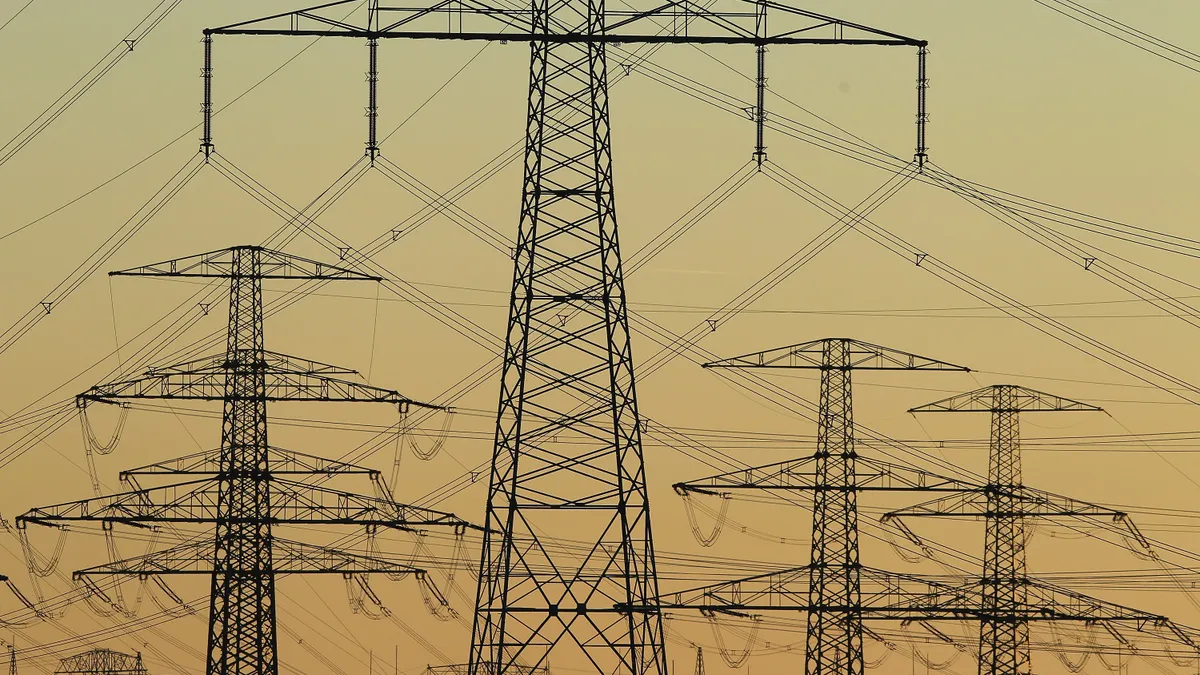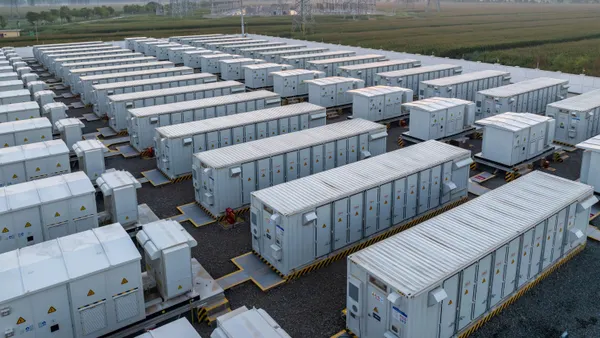The following is a contributed article by Landon Stevens, director of policy and advocacy at the Conservative Energy Network.
Nobody likes a bad grade, but according to a new report that looks at how competitive each state's electricity sectors are, a bad grade is what many states get.
Competition drives innovation, increases options, and reduces costs. Various sectors from air travel to telecom bear this out. Consider the many choices available to anyone who wants to purchase a plane ticket, and think of the vast difference between making a phone call in the 1950s and today.
The Conservative Energy Network (CEN) believes that competition is paramount to forging a cleaner energy future and that today's economy calls for a rethinking of the role of utility providers. A recent study by the Webber Energy Group at the University of Texas offers a tool for understanding each state's current competitive landscape and to initiate a conversation on policy options moving forward.
Electricity systems began as local affairs, but as technology advanced, connections between disparate regions blossomed into larger networks that could increase reliability and lower costs. Some states advanced this effort further by joining large wholesale electricity markets spanning multiple states, that not only increased connections, but put in place transparent pricing constructs that made sure that the cheapest path to providing reliable power was taken.
Some areas even went as far as shifting the decisions of what kinds of power plants to build where, to the private sector. Taking these decisions out of the "smoke-filled" back rooms of abstruse state-granted monopolies and moving them to the private sector made the process more transparent, and shifted the associated investment risks from captive customers to corporate shareholders.
Beyond these measures, some states have introduced competition even at the retail level, meaning that ordinary customers are able to choose what type of rate plan they want from a selection of power companies. This change has sparked further innovation, similar to the evolution of cell phone plans, where multiple companies attempt to craft offerings that better fit customer preferences, reminiscent of the "free nights and weekends" phone plans of yore.
However, while many states have made significant moves towards greater choice and competition, many have chosen to bolster an antiquated monopoly system and are as opaque in their decision making as ever. Other research has shown that electric companies in states like Alabama have refused to answer basic questions about their operations and the state regulators themselves, who are supposed to be on the side of the people and transparency, have moved to further limit access to how they make decisions.
The Webber Group report highlighted above developed a framework to grade each state on how competitive their electricity systems are, with an Electric Competition Scorecard awarding an "A" to the most competitive states and an "F" to those least competitive states. The report also developed state-level dossiers with suggestions for how each state could increase their score within the grading rubric.
The criteria considered went beyond pure markets and also assessed how regulated states could act "more competitively" by implementing policies such as third-party managed all-source requests for proposals for new generation resources, fair distributed energy access, and making data available to be analyzed, among others.
In the end, only 4 states — Connecticut, Illinois, Maine and Ohio — had policies that merited an "A" grade and 28 received a "D" or "F," with the rest in-between. This indicates that there is much room for policy improvement across large parts of the country.
In addition to the policies that exist on paper, how the electricity sector is regulated is important to its outcomes. The report is not meant to attack any individual state, but seeks to be a helpful guide for busy state legislators and regulators to make sure that their customers are best served by such an essential industry as electricity.
Polling by CEN has found that three quarters of Americans favor an electricity system that opens markets to more competition and consumer choice, accelerates the availability of new technology, and benefits the environment.
So what grade did your state get in the Electric Competition Scorecard? By understanding where our electricity systems stand today we can identify how to move towards a cleaner, more competitive energy future that will benefit all Americans.






















